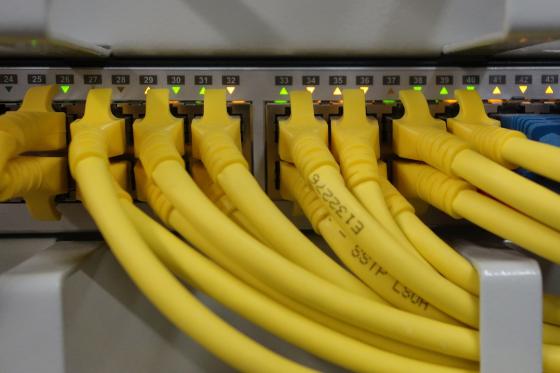Network Cable Installations

Cabling might not seem the most riveting of subjects, but it has a significant purpose and is the glue that binds an office’s processes together.
We’ve recently been working in Burns House in Haywards Heath where we’ve removed the Cat5e network cabling on the ground, 1st and 2nd floors. We’ve also been working in the north wing of the ground floor installing new Cat5e network cabling. We will be shortly moving onto the 2nd floor where we’ll either Cat5e cable the entire floor or split the cabling to future-proof the office space should the owner wish to rent part of it out at a later date.
We have also linked two floors in an office in Farnham and part re-cabled the space with CAT5e.
Network cable installations can be very complex. Our team of network engineers can design, install, and maintain CAT5e and CAT6 networks in new offices, as well as refurbish and upgrade current networks.
Our services include:
Single network port installs using CAT5e and CAT6
Installation of new networks and additional cabling/relocation of existing network points
New or refreshed Comms Rooms and cabinet tidy-ups and moves
Testing, troubleshooting and documentation of new and existing networks
Supply and install network equipment, such as switches, copper and fibre patch leads, comms cabinets and cabinet accessories
Office/floor moves and changes to existing networks.
So, what’s the difference between CAT5e and CAT6?
The main difference lies within the bandwidth and what the cable can support for data transfer. CAT5e and CAT6 cables both support speeds of up to 1,000 Mbps, which is sufficient for most internet connections. However, higher bandwidth means faster data transfer, and CAT6 cables operate on frequencies up to 250 MHz, compared to CAT5e of 100 MHz.
If you’re interested to find out more about the differences, check out this blog.





